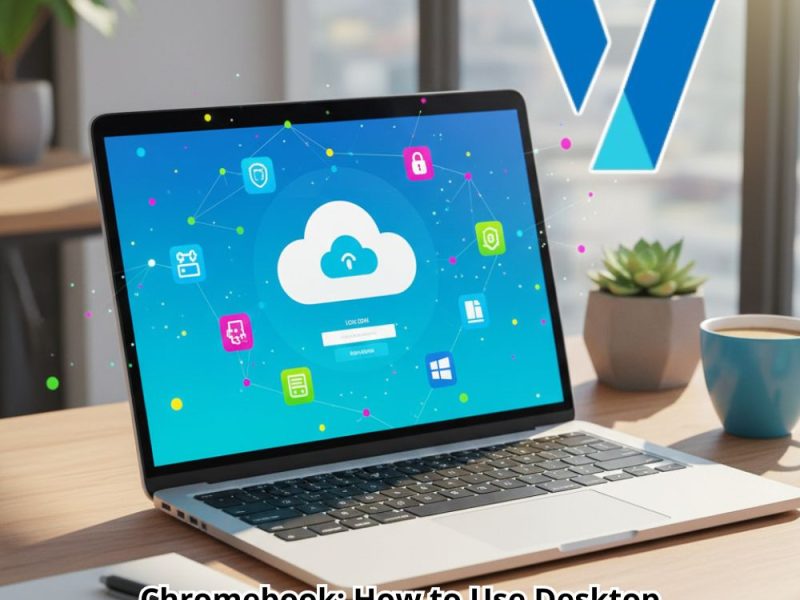“Can I make a media server on Google Cloud?” That’s the question many people ask about more often than ever. But what’s the big reason? Well, with the influx of digital content, managing personal media files has become more than just a necessity. If you’ve got a rich collection of personal videos, family photos, movies, or MP3 music, organizing and accessing them easily is crucial. And making a media server is something that can help you do that. It’s like creating your personal space that resembles Netflix for your media.
This is where setting up a media server on Google Cloud comes into play. Google Cloud’s robust and scalable infrastructure makes it a perfect host for your media server. This comprehensive guide will walk you through the steps of creating your media server on Google Cloud. So you can manage and stream your media files effortlessly.
Steps to Create Your Media Server on Google Cloud:
1: Setting Up Your Google Cloud Account
- Sign up or log in to your Google Cloud Platform (GCP) account.
- Create a new project dedicated to your media server, and ensure billing is enabled.
2: Configuring a Virtual Machine (VM)
- Navigate to Compute Engine and create a new VM instance.
- Name your instance (e.g., “mb” for media box), choose the closest region to you, and select a machine type based on your budget.
- Adjust the memory and disk size to cater to your media server needs. For instance, you could upgrade the memory from 4GB to 8GB and the hard drive from 10GB to 30 GB.
- For the boot disk, select Ubuntu 20.04 as the operating system.
- Allow HTTP and HTTPS traffic under the firewall settings, then hit the ‘Create’ button.
Want to use Ubuntu Server online? You can do it for free with Onworks.
3: Installing and Configuring Emby Media Server
- SSH into your VM and update Ubuntu with the command
sudo apt-get update && sudo apt-get upgrade. - Download Emby by running the command
wgetfollowed by the download link for the Ubuntu x64 version from the Emby website. - Install Emby following the instructions on their website.
- During installation, you will be prompted to create a user within Emby.
4: Opening Necessary Ports and Setting Up Static IP
- In the GCP console, navigate to VPC network -> Firewall, and create a new rule to allow traffic through port 8096, which Emby uses by default.
- Go back to your VM instance, click ‘Edit’, and under network tags, add the tag you used for your firewall rule (e.g., “mb”).
- While here, you can set up a static IP for your VM.

5: Accessing Your Media Server
- Access your media server by typing your VM’s IP address followed by
:8096in your browser. - Go through the initial setup by selecting your preferred language, creating a username, and setting a password.
6: Uploading Your Media
- Create a directory in your VM to store your media (e.g.,
mkdir ~/movies). - Change the directory permissions to allow file uploads (
chmod 777 ~/movies). - Use Filezilla to upload your media files to the directory you created. Make sure to set up SSH keys to secure the connection between Filezilla and your VM.
- Once uploaded, revert the directory permissions back to a more secure setting (
chmod 755 ~/movies).
7: Configuring Libraries in Emby
- In Emby, create new libraries and point them to the directories where you uploaded your media.
- You can create different libraries for different types of media (e.g., home videos, movies, music).
8: Enjoy Your Personal Media Server
- Now that everything is set up, enjoy streaming your media through Emby.
- You can also create additional user accounts in Emby for family and friends to share your media collection.
Conclusion
Creating a media server on Google Cloud is a straightforward process that offers a fantastic way to organize, manage, and stream your personal media collection. Following this guide alongside the practical steps demonstrated in StockBox’s video tutorial will ensure a smooth setup process. Now, with your personal media server up and running, the enjoyment of your digital content is just a click away! Whether it’s streaming home videos, sharing family photos, or watching a movie, having a centralized media server is an innovative solution to managing your digital life efficiently.


